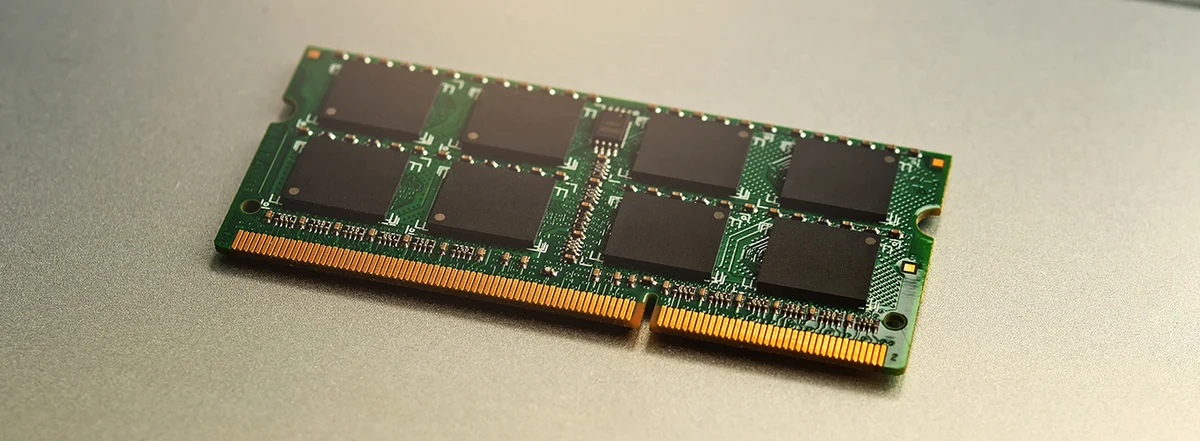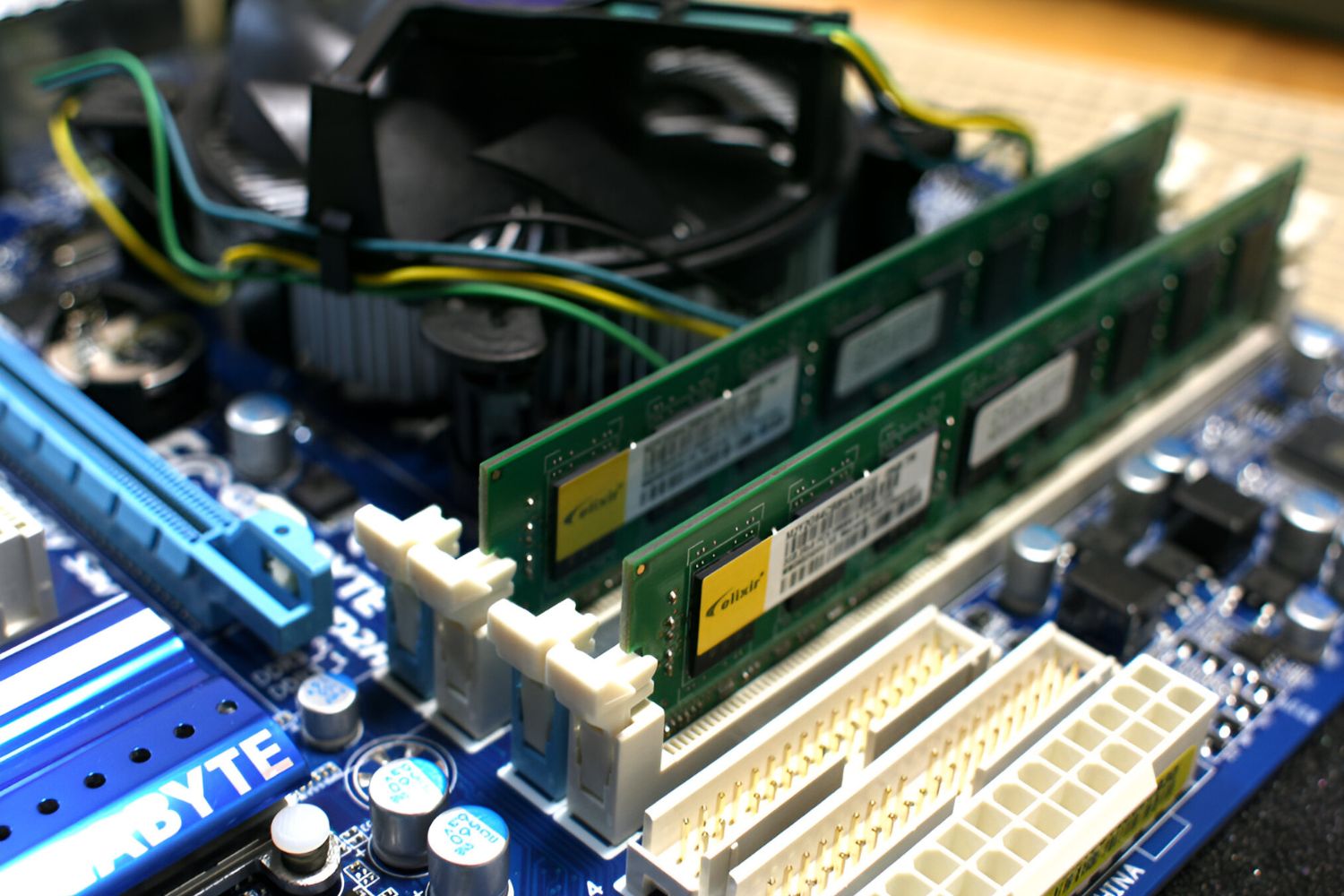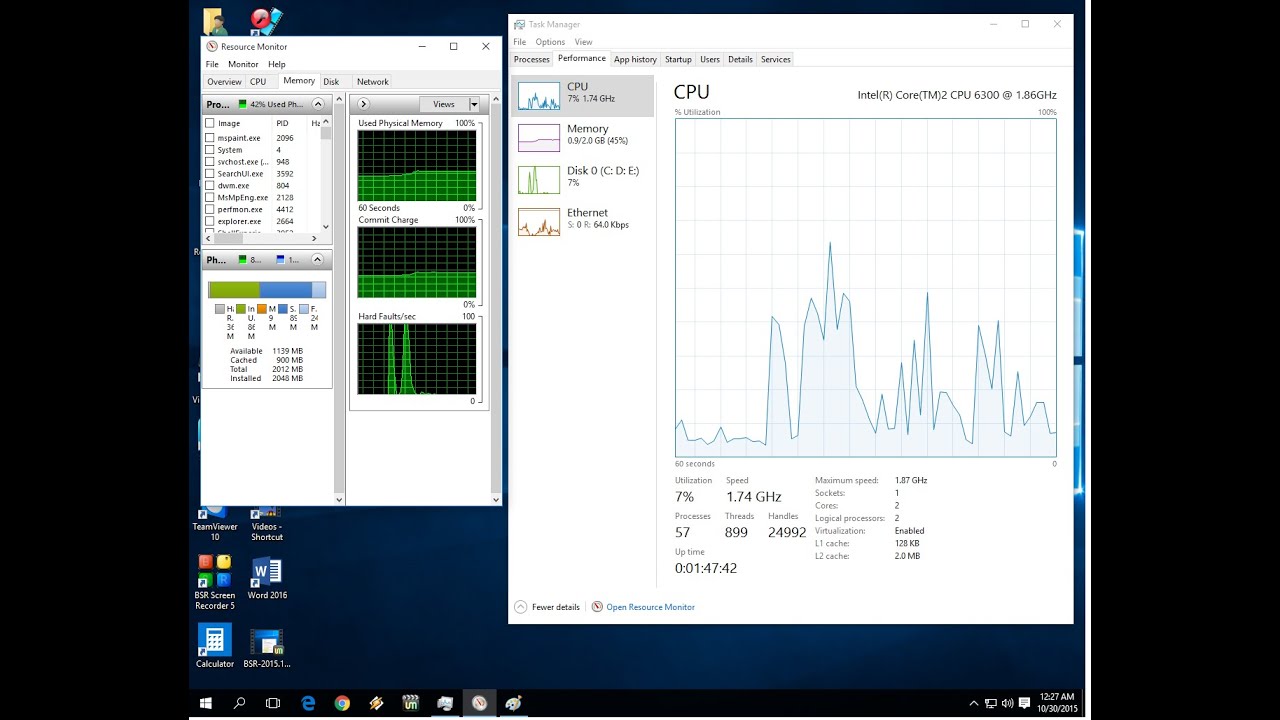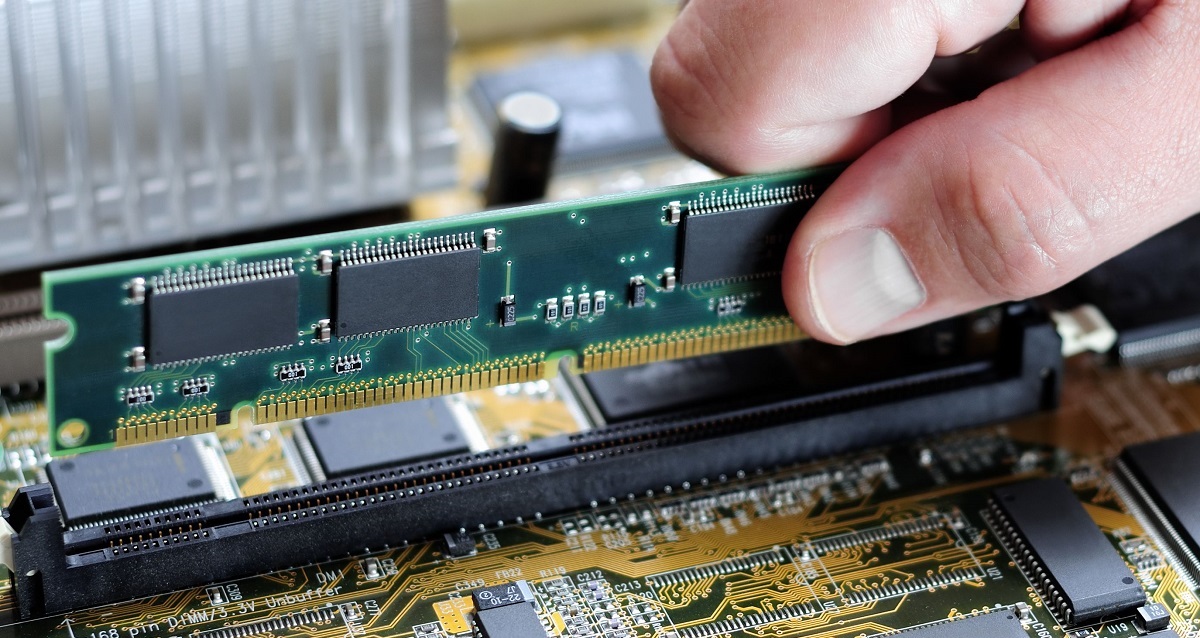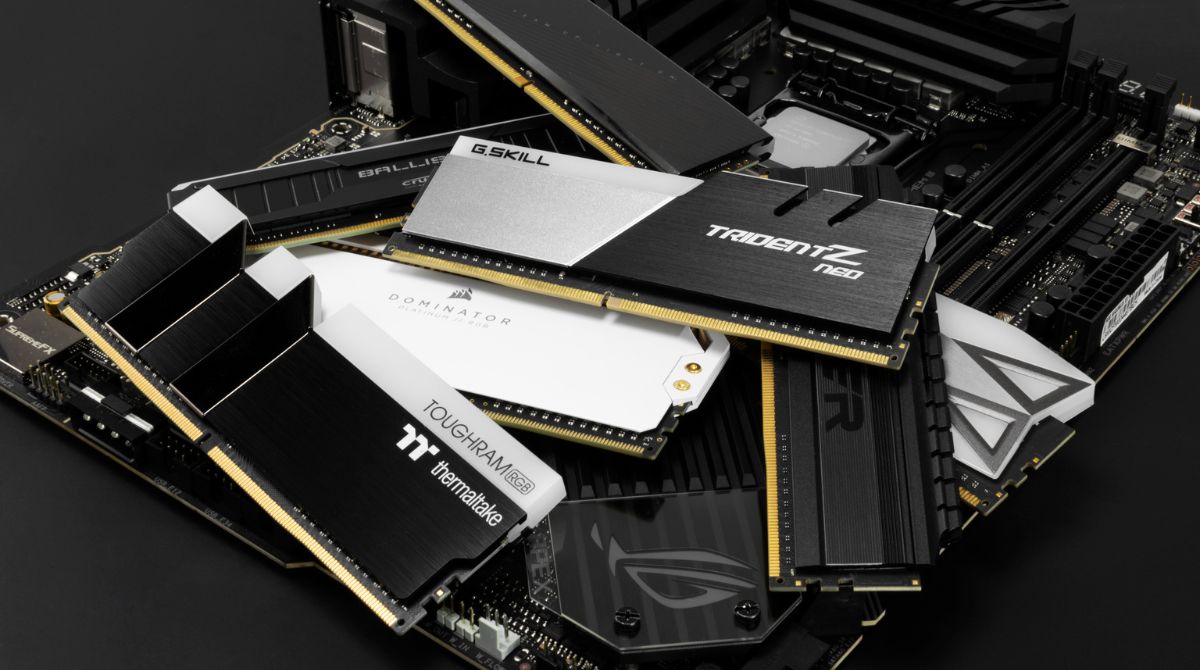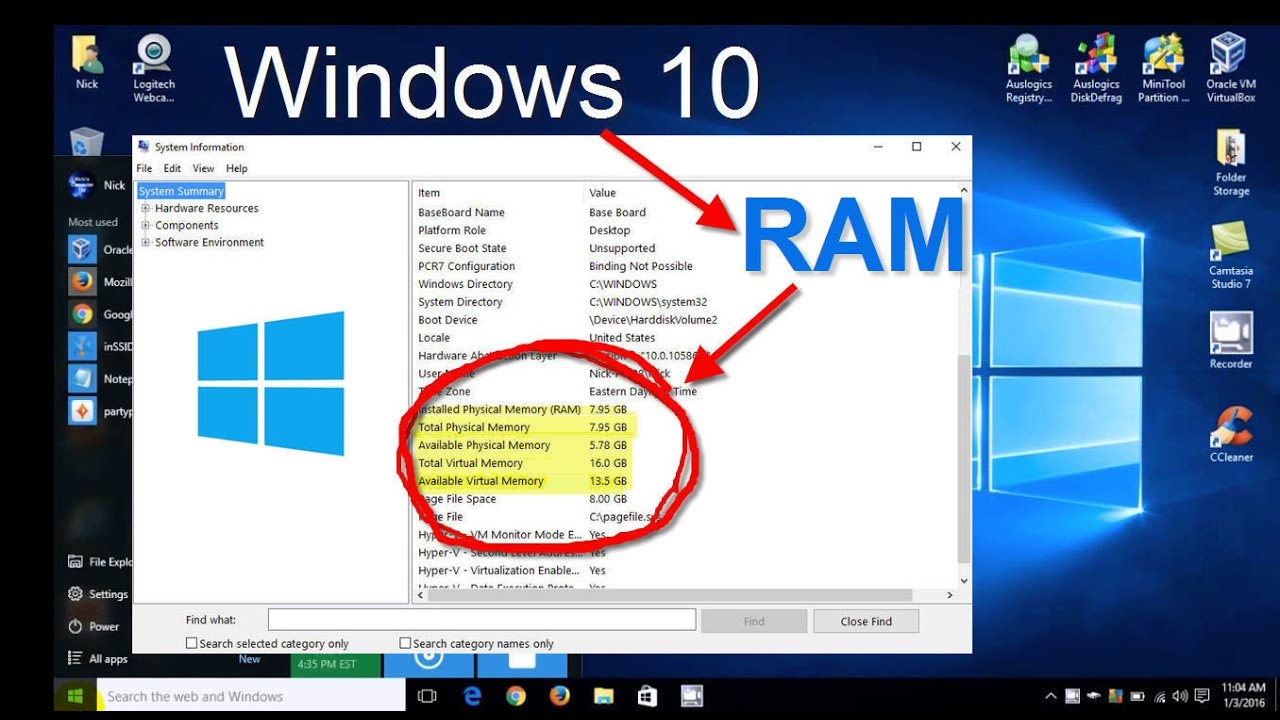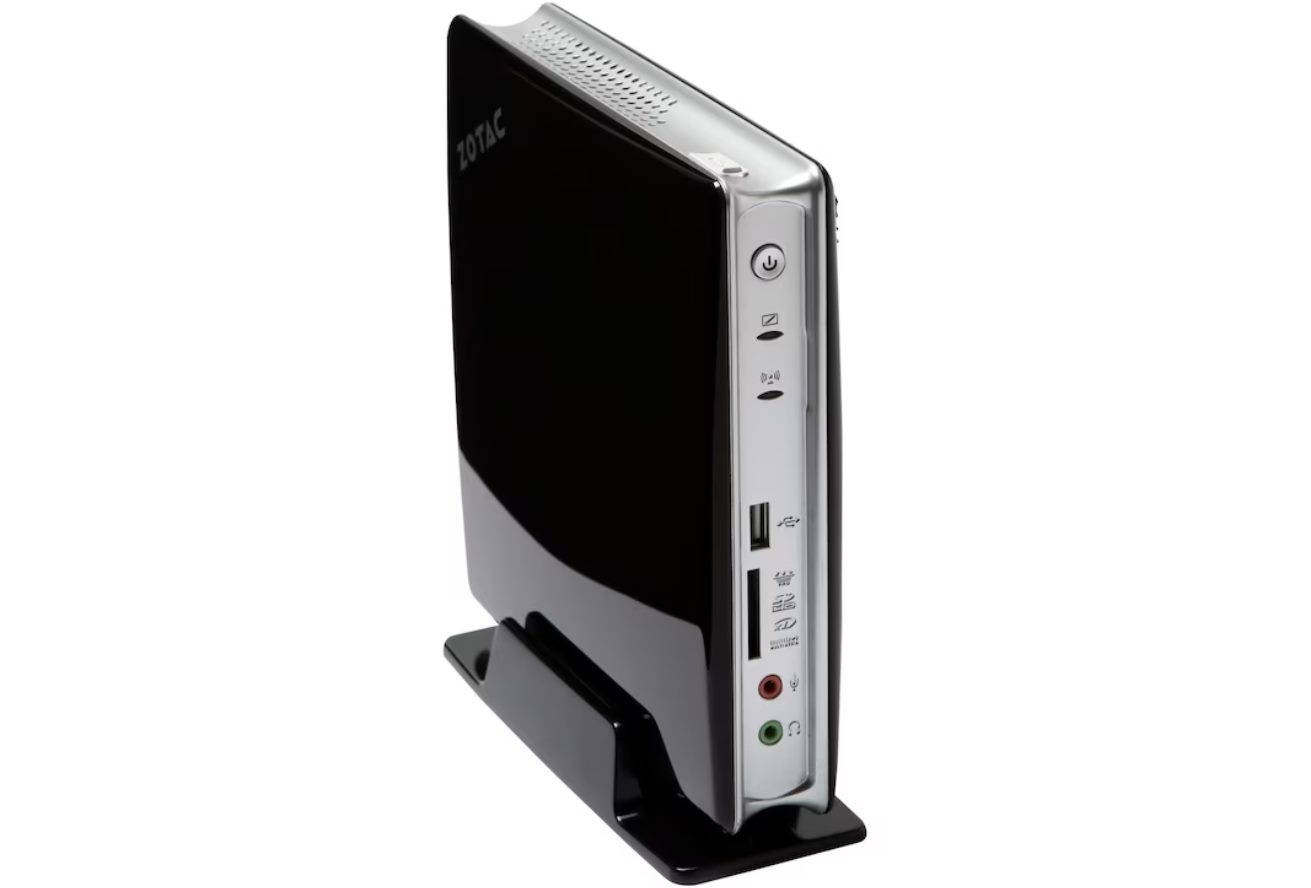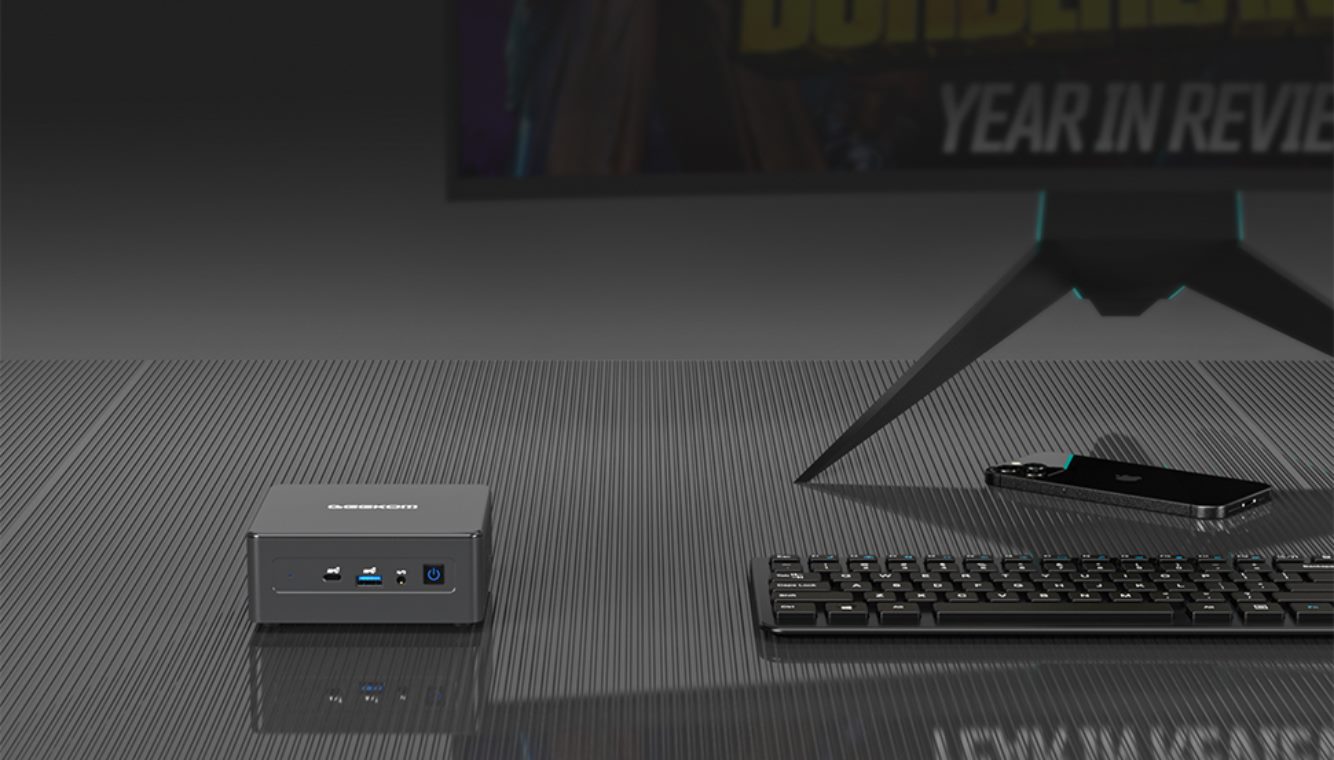Introduction
Welcome to the guide on how to check RAM usage on your PC. RAM, which stands for Random Access Memory, is a vital component of your computer that plays a crucial role in its overall performance. Understanding how much RAM your system is using can help you troubleshoot performance issues, identify resource-hungry applications, and optimize your computer’s performance.
There are several methods you can use to check the RAM usage on your PC, ranging from built-in tools to third-party software. In this article, we will explore different techniques to monitor your RAM usage and provide step-by-step instructions to help you determine how much memory is being used by your applications and processes.
It’s important to note that the methods presented here are primarily for Windows-based systems. However, some approaches may also be applicable to other operating systems.
By monitoring your RAM usage, you can gain valuable insights into the performance of your computer and ensure that you have enough memory available for your applications. So, let’s dive in and explore the various methods you can use to check RAM usage on your PC.
Method 1: Using Task Manager
One of the easiest and quickest ways to check RAM usage on your PC is by using the built-in Task Manager. Task Manager provides a comprehensive overview of the processes and applications running on your computer, along with their corresponding resource usage.
To open Task Manager, simply right-click on the taskbar and select “Task Manager” or press Ctrl + Shift + Esc on your keyboard. Once Task Manager is open, navigate to the “Performance” tab.
Here, you will find a real-time view of various performance metrics, including CPU, Memory, Disk, and Network usage. To check your RAM usage, look for the “Memory” section, which displays the total amount of memory (RAM) in use, as well as the percentage used and the amount available.
Additionally, Task Manager provides a breakdown of the memory usage by individual processes. Under the “Processes” tab, you can see a list of running applications and their corresponding memory usage. Simply click on the “Memory” column header to sort the applications based on their memory usage, from highest to lowest.
This method is especially helpful to identify memory-intensive applications that may be consuming a significant portion of your RAM. By monitoring the memory usage in Task Manager, you can determine which applications are causing the most strain on your system and take appropriate actions to optimize their usage.
Remember that Task Manager provides real-time information, so you can keep it open while using your computer to monitor any fluctuations in your RAM usage. It is a valuable tool for troubleshooting performance issues and managing your computer’s memory resources efficiently.
Method 2: Using Resource Monitor
In addition to Task Manager, Windows also provides another built-in tool called Resource Monitor, which offers more detailed insights into your system’s resource usage, including RAM.
To access Resource Monitor, you can open Task Manager by right-clicking on the taskbar and selecting “Task Manager” or pressing Ctrl + Shift + Esc on your keyboard. From there, click on the “Performance” tab, and then click on the “Open Resource Monitor” link at the bottom of the window.
Once in Resource Monitor, navigate to the “Memory” tab. Here, you will see a comprehensive overview of your system’s memory usage, including the total physical memory, the amount of memory used, and the amount of memory available.
Below the summary, you’ll find a list of processes that are currently consuming memory. You can sort the processes by different criteria, such as memory usage or the number of hard faults. This allows you to easily identify which applications or processes are utilizing the most memory on your PC.
Resource Monitor also provides graphical representations of the memory usage, showcasing how memory is allocated across different processes and which ones are using the most resources. This visual representation can be helpful in quickly identifying resource-hungry applications.
Furthermore, Resource Monitor offers the ability to analyze the performance of specific processes by right-clicking on them and selecting “Properties”. This opens a detailed view of the selected process, providing information such as its memory usage, file activity, and associated services.
By utilizing Resource Monitor, you can gain more in-depth insights into your RAM usage and identify any potential issues with memory-intensive processes. This can be particularly useful in troubleshooting performance problems or optimizing the allocation of memory resources on your PC.
Method 3: Using Command Prompt
Another method to check RAM usage on your PC is by using the Command Prompt, a command-line interface provided by Windows. The Command Prompt allows you to execute various commands and retrieve system information, including memory usage.
To access the Command Prompt, you can type “cmd” in the Windows search bar and select the “Command Prompt” app from the search results.
Once the Command Prompt is open, you can use the following command to check the RAM usage:
wmic OS get FreePhysicalMemory
After executing the command, you will see the amount of free physical memory displayed in kilobytes (KB). This value represents the portion of RAM that is currently available for use.
If you want to check the total amount of RAM installed on your system, you can use the following command:
wmic ComputerSystem get TotalPhysicalMemory
Similarly, this command will provide you with the total amount of physical memory available on your PC in kilobytes.
The Command Prompt method allows you to retrieve specific information about your system’s memory usage quickly. However, keep in mind that the values are displayed in kilobytes, so you may need to convert them into a more readable format, such as gigabytes (GB) or megabytes (MB).
Using the Command Prompt to check RAM usage can be particularly useful for users who prefer a command-line interface or need to incorporate memory information into scripts or batch processes.
Now that you know how to check RAM usage using the Command Prompt, you can easily monitor your system’s memory resources and make informed decisions regarding memory allocation and optimization.
Method 4: Using PowerShell
PowerShell is a powerful scripting language and command-line shell provided by Windows that allows you to automate tasks and retrieve detailed system information, including memory usage.
To access PowerShell, type “PowerShell” in the Windows search bar and select the “Windows PowerShell” app from the search results.
Once in the PowerShell environment, you can use the following command to check the RAM usage:
Get-WmiObject -Class Win32_OperatingSystem | Select-Object @{Name="TotalMemory (GB)";Expression={"{0:N2}" -f ($_.TotalVisibleMemorySize / 1GB)}}, @{Name="FreeMemory (GB)";Expression={"{0:N2}" -f ($_.FreePhysicalMemory / 1GB)}}
This command retrieves the total memory and free memory available on your system and displays them in gigabytes (GB).
By running this command, you can easily obtain information about the total and free memory on your PC. The output will show the memory values in a more readable format, helping you understand your system’s memory usage.
PowerShell also provides additional functionalities, such as filtering and sorting the retrieved data. You can customize the command to display specific information or even generate reports based on the memory usage of your system.
Using PowerShell to check RAM usage is especially beneficial for advanced users or those who require more flexibility in retrieving and manipulating system information.
With PowerShell, you have a powerful tool at your disposal to monitor your PC’s memory usage and gain insights into the allocation and availability of memory resources.
Method 5: Using Third-Party Software
In addition to the built-in tools provided by Windows, there are various third-party software options available that can help you check RAM usage on your PC. These tools often offer more advanced features and a more user-friendly interface for monitoring your memory usage.
One popular third-party software for checking RAM usage is “HWiNFO.” This comprehensive system monitoring tool provides detailed information about your computer’s hardware, including RAM usage. It displays real-time data on memory usage, including the total memory, used memory, and available memory.
Another popular option is “CPU-Z.” While primarily designed to provide information about your CPU, this software also provides details on your system’s memory usage. It shows the total amount of memory, as well as the usage, in an easy-to-understand interface.
“Speccy” is another widely used utility that offers detailed information about various hardware components, including RAM. It provides real-time data on memory usage, along with additional details such as memory speed, manufacturer, and type.
These third-party software options offer a more comprehensive and user-friendly approach to monitoring your RAM usage. They often provide additional features and customization options, allowing you to analyze memory usage in greater detail.
When using third-party software, it’s important to choose a reputable and trusted tool from a reliable source. Be sure to read user reviews and research the software’s credibility before downloading and installing it on your system.
By utilizing third-party software, you can gain more insights into your system’s memory usage and have access to additional features that may not be available in the built-in Windows tools.
Remember that while third-party software can provide more advanced metrics and visualizations, they may consume additional system resources themselves. So, ensure that your system meets the software’s requirements and consider potential impact on overall system performance.
Explore the available options and choose the third-party software that best fits your needs and preferences in monitoring and analyzing your PC’s RAM usage.
Conclusion
Checking RAM usage on your PC is essential for understanding how your computer is utilizing its memory resources and ensuring optimal performance. By monitoring RAM usage, you can identify memory-intensive applications, troubleshoot performance issues, and optimize memory allocation to improve overall system responsiveness.
In this guide, we explored five different methods to check RAM usage on your PC. You can use the built-in Task Manager and Resource Monitor provided by Windows to get a real-time view of the memory usage, along with details on individual processes. Command Prompt and PowerShell offer command-line interfaces to retrieve memory information quickly and integrate it into scripts or batch processes.
For a more user-friendly experience and advanced features, third-party software like HWiNFO, CPU-Z, and Speccy can provide detailed insights into your RAM usage, allowing you to analyze memory consumption in greater depth.
Remember that regularly monitoring your RAM usage helps you identify resource-hungry applications, manage system resources efficiently, and prevent performance issues caused by memory constraints. By understanding your system’s memory usage, you can optimize your PC’s performance and ensure smooth multitasking.
Choose the method that suits your preference and needs, and make monitoring your RAM usage a regular part of your computer maintenance routine. Keeping an eye on your memory usage will help you maintain a responsive and efficient system, allowing you to get the most out of your computer.







